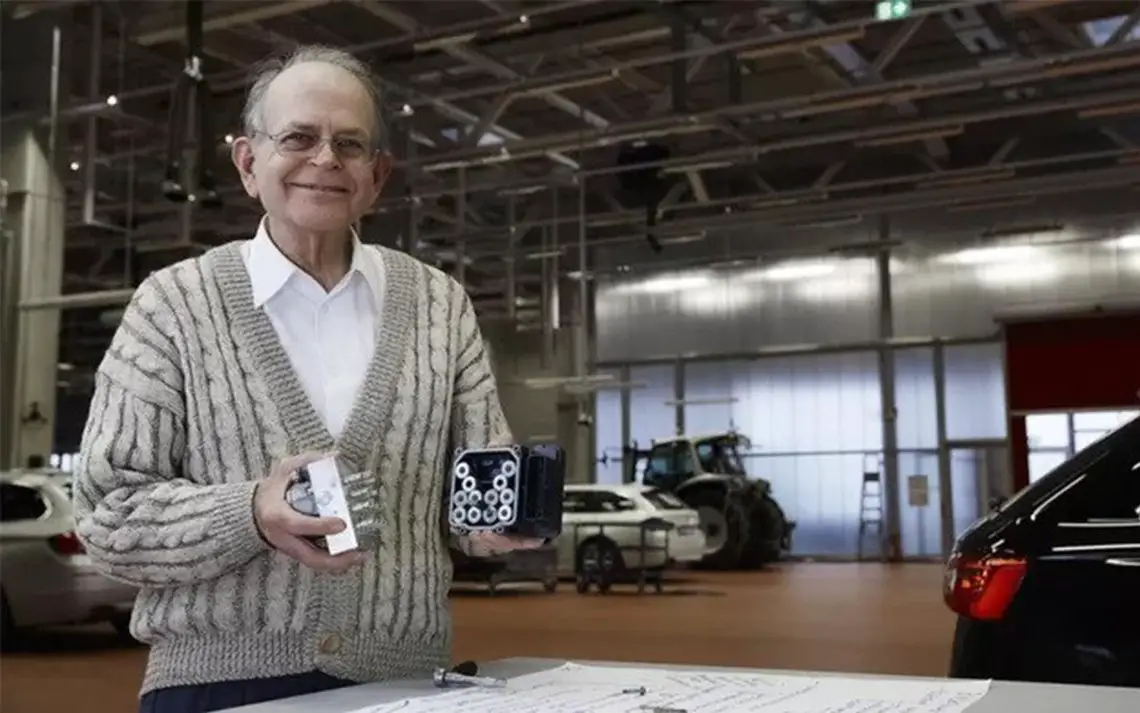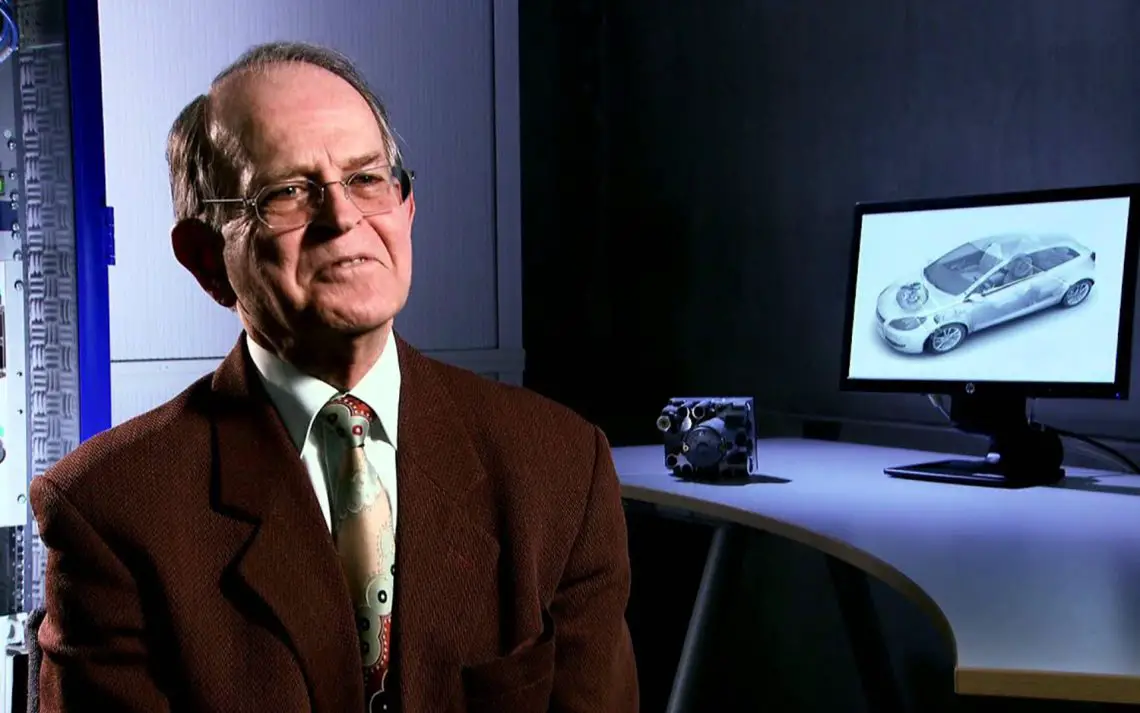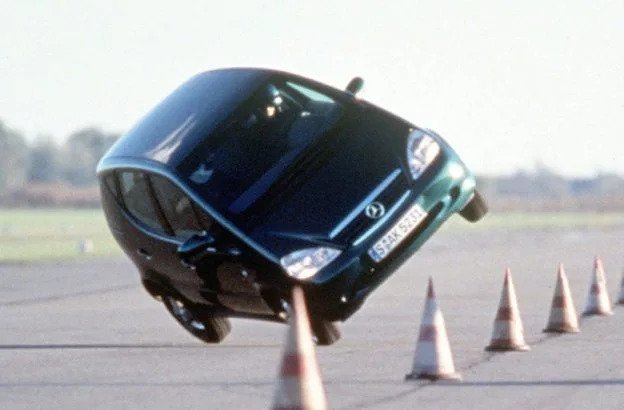How this Dutchman saved the lives of thousands of motorists
Unknown names
Jaap Haartsen, Victor Hayes and Lou Ottens. They are names that mean absolutely nothing to most Dutch people. Strange really, because almost the entire world uses their inventions every day. Haartsen invented Bluetooth in 1994, Hayes developed WiFi and Ottens is the inventor of the cassette tape and had a very important role in the development of the CD. That the name Maus Gatsonides, the inventor of the speed camera, means nothing to the average Dutchman, we can live with. Although this Dutchman did nicely win the 1953 Rally of Monte Carlo, so actually he too is a folk hero.
Anton van Zanten
Anton van Zanten did not become a famous Dutchman either. He doesn’t even have his own Wiki page. Strange, because according to German multinational Bosch, the world’s largest automotive supplier, Anton van Zanten’s work has prevented 260,000 accidents and saved thousands of lives in Europe alone. According to the U.S. National Highway Traffic Safety Administration, his invention actually prevents a third of what would otherwise be fatal traffic accidents.

ESP
In fact, Van Zanten is the inventor of the ESP driving safety system. The system is also known as the “electronic guardian angel. Along with the seat belt and airbag, the invention is considered the most important contribution to road safety.
How does ESP work?
ESP works with sensors and a microprocessor. The system uses this to compare the direction the driver wants the car to go and the actual direction of movement of the car. The system intervenes when the two do not match. In short: when you start to slide and lose control of the car. In this case, the system allows individual wheels to reduce speed – either by sending less power to them or by a brief braking intervention – which returns the car to a straight line. In this article, we tell you more about the ESP system, which is sometimes also called ESC, VDC (Vehicle Dynamic Control), VSA (Vehicle Stability Assist) and DSC (Dynamic Stability Control).

Bosch
Van Zanten studied mechanical engineering at TU Eindhoven in the 1970s and continued his studies in America. There, at Cornell University, he earned his doctorate. He then went to work for the German company Bosch, where he worked on the ABS system. The technology behind this system then made the ESP system possible.
Mercedes-Benz
Van Zanten did not make up the name of the system. Mercedes-Benz was impressed by the system and was the first to market it, under the name Elektronisches Stabilitätsprogram. In 1997, the system became famous overnight when the Mercedes-Benz A-Class overturned during a moose test. All 130,000 vehicles produced were recalled and given the ESP system at the factory. This solved the problem at once. In 1999, ESP was standard on all Mercedes-Benz models. Since 2014, the system has been mandatory in the European Union in all new passenger cars and light commercial vehicles.

Not rich
Although some 30 to 40 billion euros go through the world of ESP technology every year – almost every new car has the system – Anton van Zanten did not get rich from his invention. He sold the patent to his employer for a reasonable sum, not knowing it would become so valuable. Fortunately, Anton is fine with it because he knows that his invention saves lives every day. In 2016, he received a Lifetime Achievement Award from the European Patent Office for his work. In the video below, you can see the ESP system in action:
Header photo: European Patent Office (EPO)

